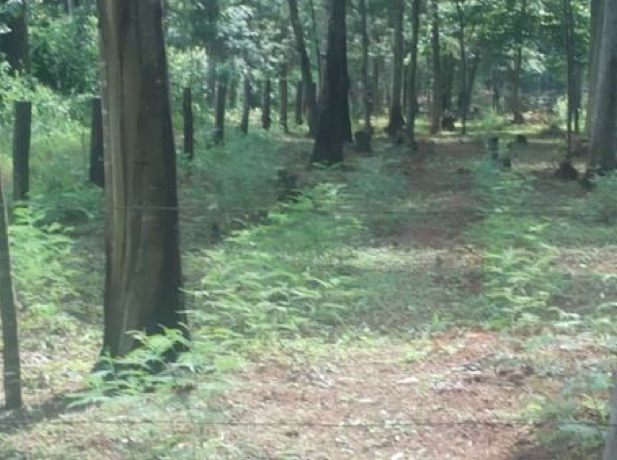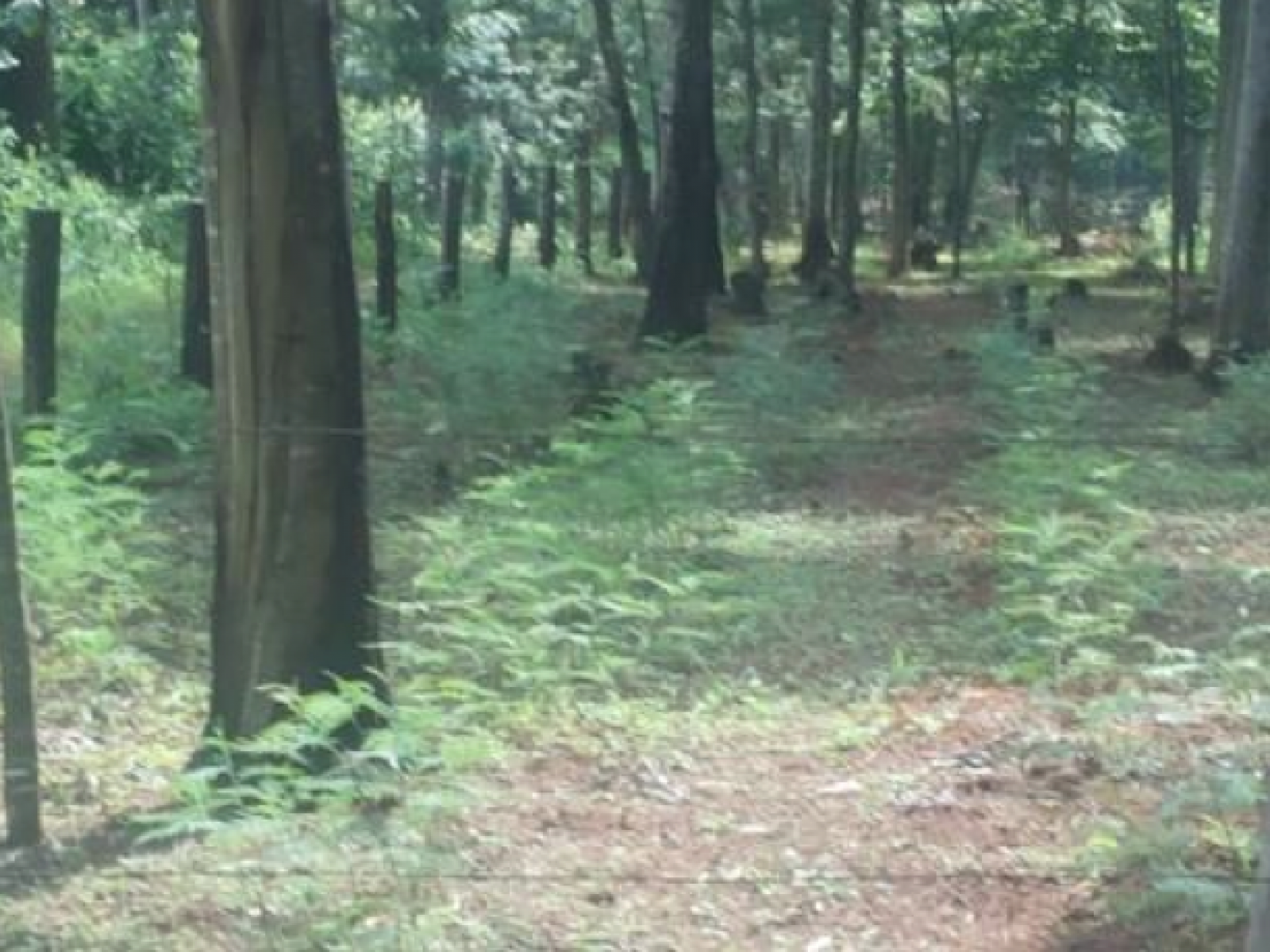An Overview Of Our Solution
- Population Impacted:
- Continent: Africa
Organization type
Population impacted
Size of agricultural area
Production quantity
People employed
Describe your solution
Describe your implementation
External connections
What is the environmental or ecological challenge you are targeting with your solution?
Describe the context in which you are operating
80 % of the community are subsistence farmers on less than 2 acres of land. The county is Kenya’s food basket, producing most of the staple food - maize. Land is mainly owned by men who are more educated and find jobs in urban areas. Women fend for families via farming, fetching water and raising kids. Low crop and work income (2 USD per day) leads to poverty, hunger and malnutrition. Climate change has led to dry spells hence farmers are encroaching onto and near wetlands for survival, leading to scarcity of water. Water is mainly for sanitation, drinking & agriculture. Females spend time looking for water and contract waterborne diseases limiting their productivity.Forests are depleted for fuel & timber reducing biodiversity. Population growth has but stress on natural resources increasing poverty. Sustainable economic development is doable via promotion of Non timber forest products enterprises which can be practiced on minimal space and require less water. Women groups (in 10s) are funded by the government at low rates. Via capacity building they can collectively access better markets. Income is the surest incentive towards sustainable environmental conservation.
How did you impact natural resource use and greenhouse gas emissions?
Social/Community
Water
Food Security/Nutrition
Economic/Sustainable Development
Climate
Sustainability
We link environmental conservation to income as an incentive for sustainability. This enables the community to meet their financial obligations and nurture the environment.
Our practices use minimal, recycled & easy access inputs hence economic.
We recycle waste water from green-house fish farming for agroforestry and afforest using natural regenerated seedlings.
Waste farm produce is recycled into mushroom substrate.
Income from agroforestry & woodlots is reinvested. Replication even partly, is hence economically sustainable.
Our project meets the community’s social, economic & environmental needs hence it is economically sustainable as these are all dependent.
We do not rely on funding or market- based revenue.
Return on investment
Entrant Banner Image

